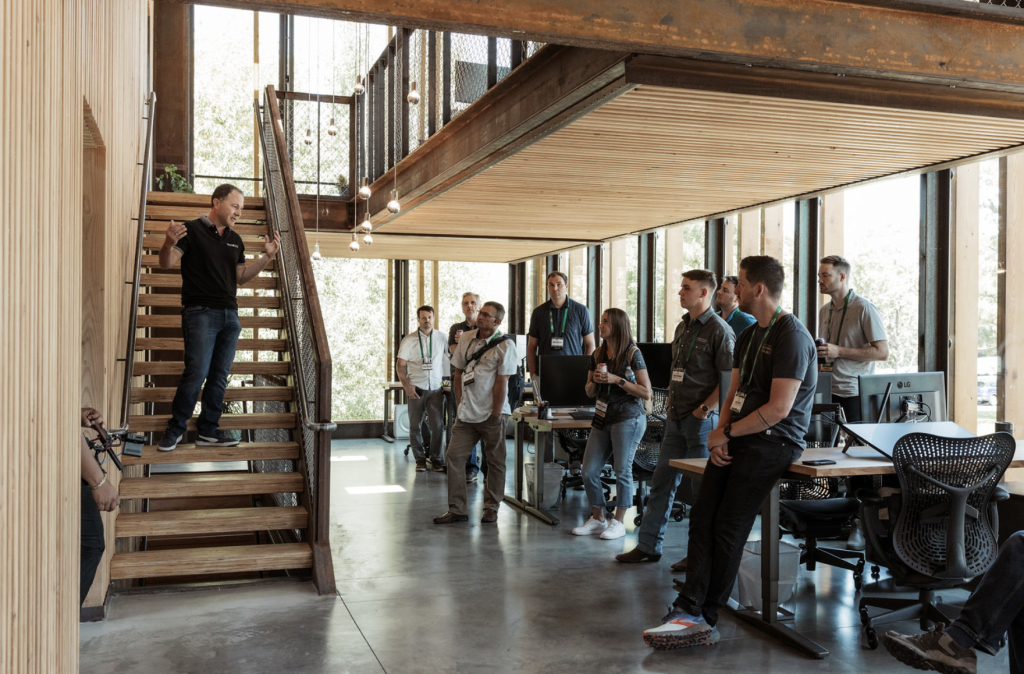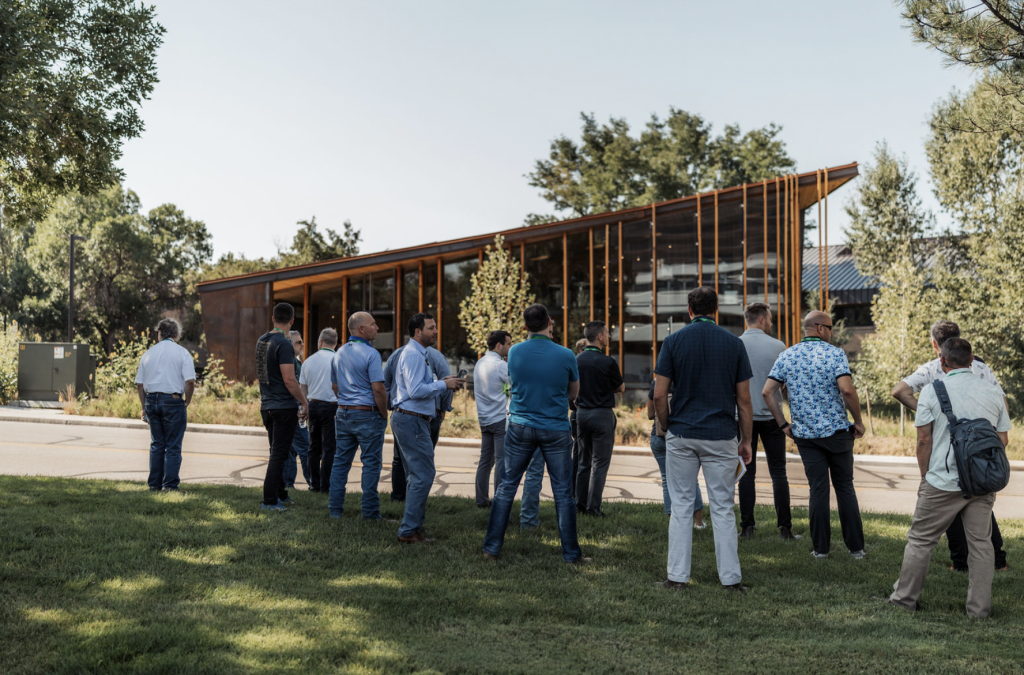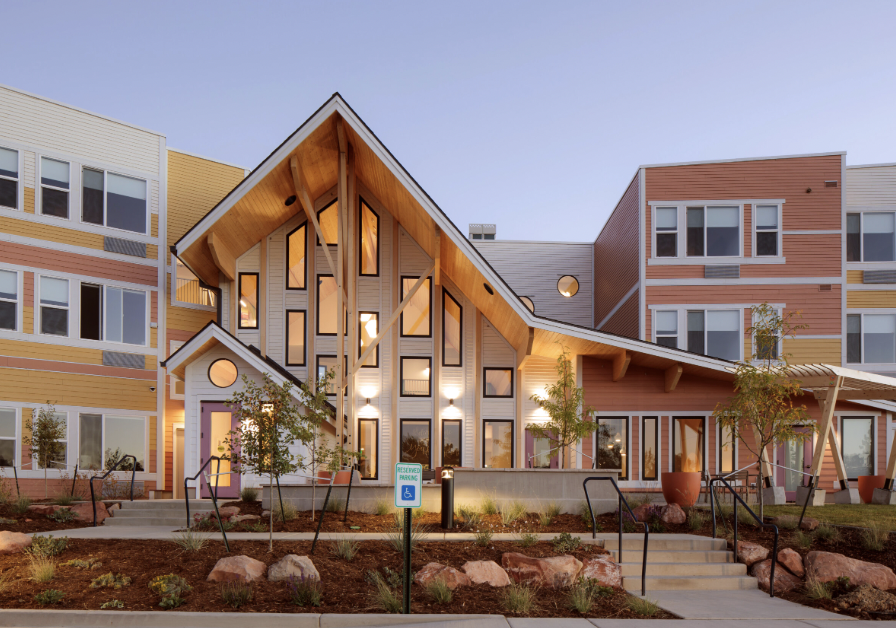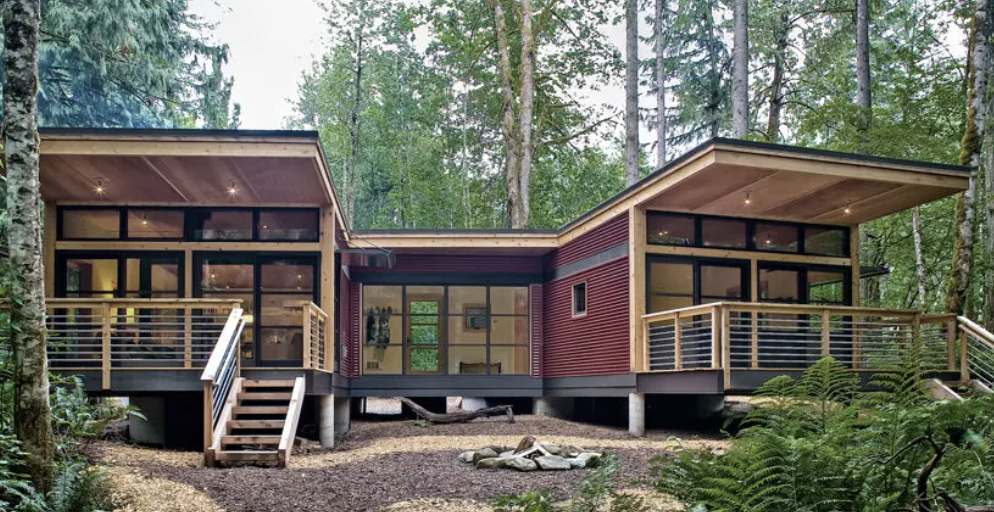On this International Day of Forests, we at Cornerstone Timberframes take a moment to honour the vital role that forests play in our world. They are not just a source of beauty; they are essential to our planet’s health. Forests provide habitat for countless species, help mitigate climate change, and are a source of sustainable materials that we rely on in our construction practices.
As a company deeply rooted in the timber industry, we recognize the responsibility that comes with utilizing forest resources. Our commitment to sustainability drives every aspect of our work, ensuring that we protect and nurture the forests we depend on. Here’s how we contribute to sustainable and earth-friendly practices:
1. Sustainable Sourcing and FSC Certification: We prioritize sourcing timber from responsibly managed forests, with a strong commitment to sustainability validated by our FSC (Forest Stewardship Council) certification. FSC certification ensures that our materials come from forests that are managed according to rigorous environmental and social standards, supporting both the ecosystem and local communities.
2. Efficient Use of Resources: Our timber framing techniques are designed to minimize waste. By maximizing every piece of timber and creatively utilizing by-products, we reduce our environmental impact and make the most of our materials.
3. Carbon Sequestration: Wood is a remarkable material that naturally sequesters carbon, helping to offset greenhouse gas emissions. By choosing timber construction, we contribute to the fight against climate change, creating structures that not only shelter but also enhance the environment.
4. Innovative Practices: We invest in cutting-edge technologies that promote efficiency and sustainability in our production processes. From using CNC machines for precise cuts to adopting eco-friendly finishing techniques, including low VOC stain, our approach is anchored in innovation that supports a greener future.
As we celebrate International Day of Forests, we invite you to join us in reflecting on the importance of our forests and our collective role in protecting them. Together, we can build a sustainable future that honours the natural world.
At Cornerstone Timberframes, we are dedicated to leading the way in environmentally friendly construction, ensuring that our buildings are beautiful and beneficial for the planet.
Here’s to our forests – may we protect and cherish them for years to come!

